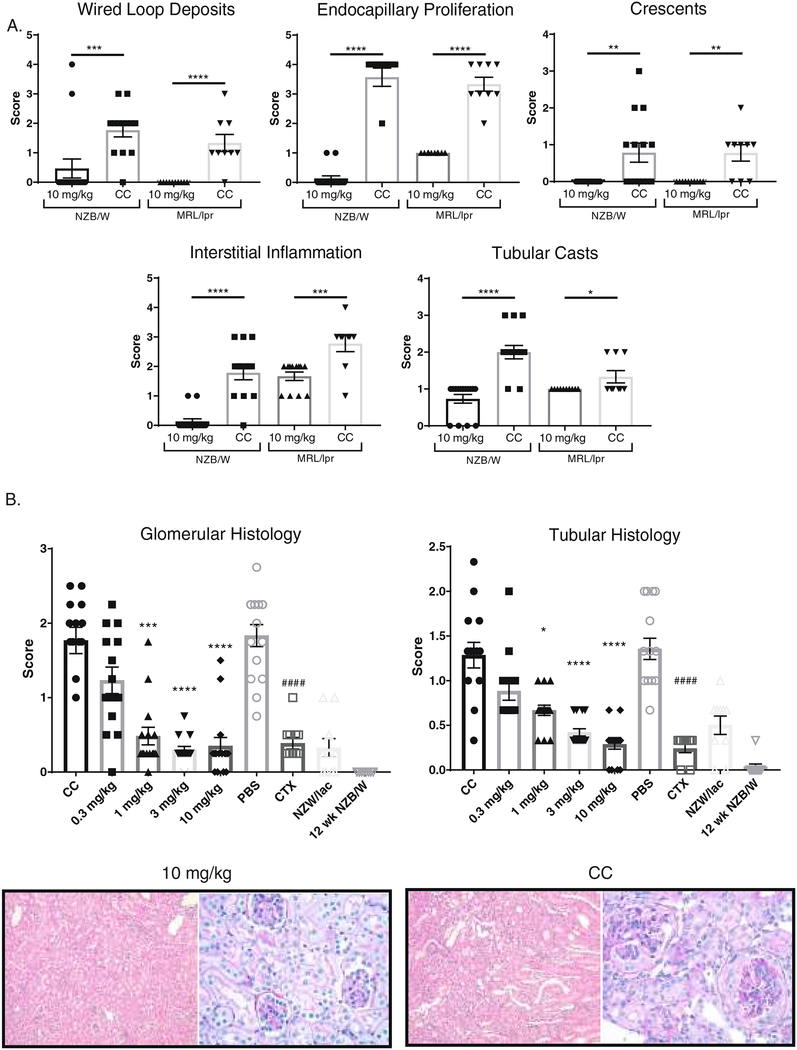Figure 3. BI-BTK-1 ameliorates immune cell accumulation in the kidney.
BI-BTK-1 (10 mg/kg) reduced the accumulation of macrophages (IBA-1+ cells, green) and T cells (CD4+, red) in the kidneys compared to control treated NZB/W mice. Fluorescence intensity was measured using ImageJ as a means of quantifying and comparing cellular infiltrations (A). Similar reductions in macrophages and T cells were seen in the kidneys of MRL/lpr mice (B). There was also a significant reduction of both kidney infiltrating neutrophils and B cells in both strains (C and D). Flow cytometry of the kidneys of MRL/lpr mice confirmed significant reduction in CD4+ T cells, tissue resident macrophages (CD11b+ F480hi Ly6Clo), and inflammatory macrophages (CD11b+ F480lo Ly6Chi) (E). (NZB/W staining: BI-BTK-1 treated 10 mg/kg, n=8; CC, n=7) (MRL/lpr staining: BI-BTK-1 treated 10 mg/kg, n=8; CC, n=8) (MRL/lpr flow and B cell stain: BI-BTK-1 treated, n=5; CC, n=5).


